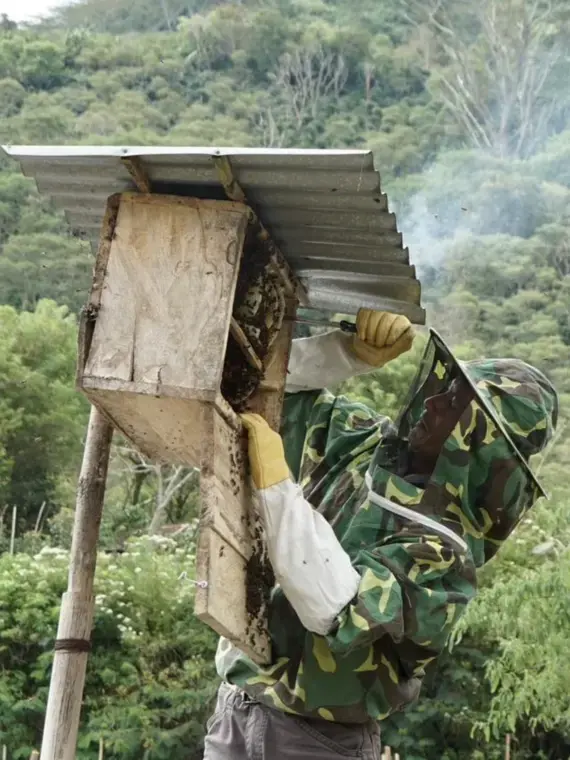Social forestry has existed in Indonesia since 1970, a hope for forest sustainability that also takes into account the welfare of the community. President Joko Widodo set a target of 12.4 million hectares of social forestry, with 5,087,754 hectares already achieved (October 2022).
The mechanism for implementing social forestry is with the statuses of village forest, community forest, customary forest, community plantation forest, and forestry partnership.
The general process of implementation is that NGOs assist community groups to obtain management licenses as the mechanism above. In addition, there is also a model where the government—in this case, the FMU—fosters community groups and grants management licenses.
Social forestry has recorded many successes, but also many conflicts. Social forestry in conservation areas without adequate supervision becomes an entry point for forest encroachment and many other problems.
This reporting project captures the implementation of social forestry with various schemes and processes. It also shows the actors who play an important role in the successful implementation of social forestry.
This collaborative coverage takes place in Garut Regency (West Java), Pulang Pisau Regency (Central Kalimantan), Sumbawa Regency (West Nusa Tenggara), and Aceh Besar Regency (Nangroe Aceh Darussalam).




